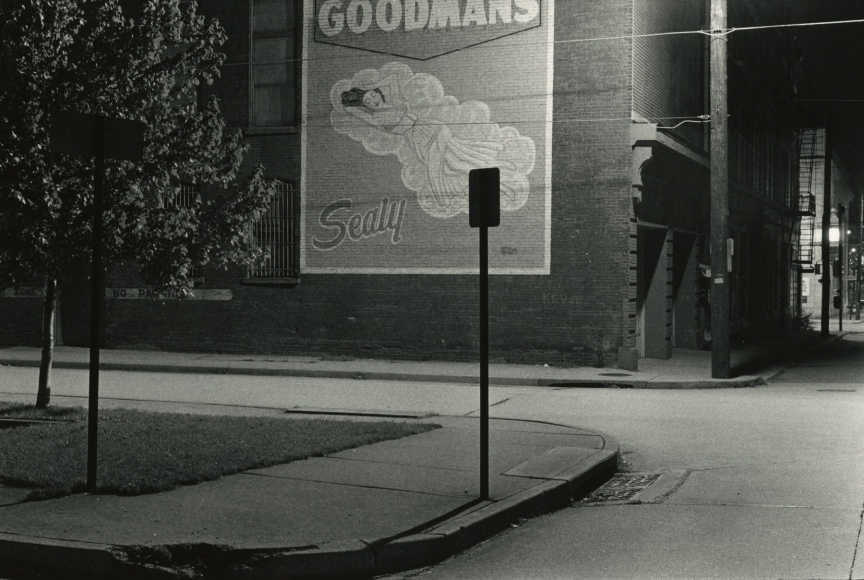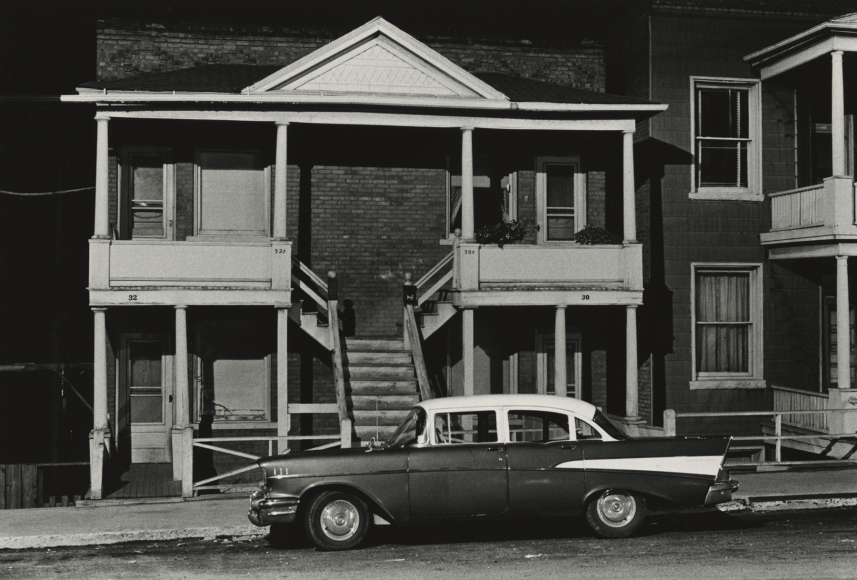William Gedney (1932-1989) grew-up in upstate New York and then moved to
Manhattan at the age of nineteen to attend the Pratt Institute. It was there
that he discovered his interest in photography. In 1955 he graduated and worked
at Condé Nast for two years before leaving to pursue his own work. Gedney moved
to a low rent neighborhood in Brooklyn, working freelance and taking on part
time jobs. In 1961, he was hired by Time, Inc., where he focused on layout of
photographs for the publication. Over the next three years he saved enough
money to travel to eastern Kentucky, finding his way to a coal-mining town. For
almost two weeks he lived with and photographed the Cornett family. The head of
the household, Willie, had recently lost his job in the mines and was
struggling to support his wife and twelve children. Gedney returned in 1972 to
photograph the family again and stayed in touch, exchanging letters for twelve
years. During the mid-1960s through the 1970s, Gedney was awarded four major
art grants including Guggenheim and Fulbright fellowships. The first of these
made possible a cross-country trip through the Midwest to California. He
settled in the Haight-Ashbury district of San Francisco, where he photographed
the drifters passing through this communal neighborhood. Shortly thereafter,
Gedney was offered positions teaching photography at both Pratt and Cooper
Union. He remained a member of the faculty at both schools for the rest of his
working life. A few months after he began teaching, he received his Fulbright
grant and left on his first of several trips to India, which had a lasting
effect on him. He asked that after his death his books and cameras be given to
one of India's institutions of learning. His brother, Richard Gedney, donated
them to the Chitrabani Art College in Calcutta. His photographs and notebooks
were given by Lee Friedlander and Richard Gedney to the Rare Book, Manuscript,
and Special Collections Library at Duke University. howardgreenberg
. Le immagini di Gedney offrono uno sguardo empatico ed elegante sia quando ritrae i minatori e le famiglie contadine del Kentucky, sia quando racconta la cultura degli hippy e la solitudine delle strade notturne di San Francisco.
In un altro diario, datato 1962, Gedney scriveva: “Quello che conta di più per me è penetrare nella vita delle persone, nel loro modo di vivere, e guardare le loro facce mentre cantano ai loro matrimoni, pranzi e funerali, e di tutte queste occasioni preservarne qualcosa che vada al di là delle canzoni e delle parole, e trovare un’essenza astratta che lasci una forza vibrante dentro chi le guarda”. internazionale
All
images © William Gedney / Duke University Rare Book, Manuscript, and Special
Collections Library





























Nessun commento:
Posta un commento